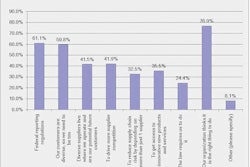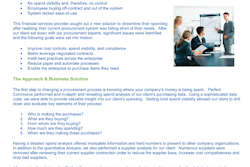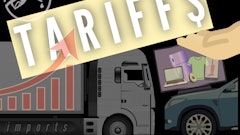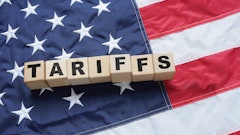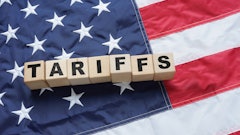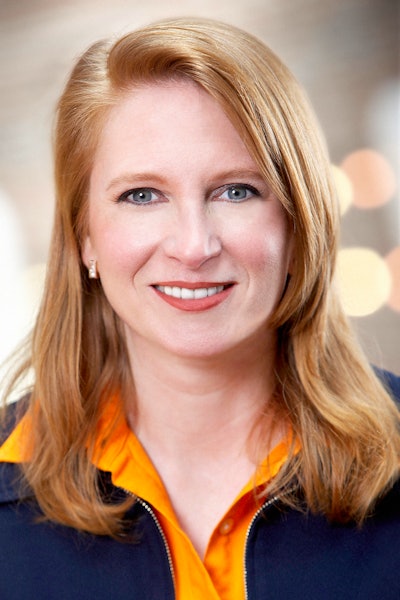
There is a better way to outsource. I know this as a result of research and fieldwork conducted over many years in partnership with the University of Tennessee and the United States Air Force.
Along the way I have joined forces with the International Association for Contract and Commercial Management (IACCM) and the Corporate Executive Board. I have also had the opportunity to work with progressive practitioners that are applying the best thinking in terms of outsourcing. This research led to my books, “Vested Outsourcing: Five Rules that Will Transform Outsourcing” and its follow-up, “The Vested Outsourcing Manual.” Another book that examines the collaborative, outcome-based Vested business model in practice, “Vested: How P&G, McDonald’s and Microsoft are Redefining Winning in Business Relationships,” will be published by Palgrave Macmillan in September.
During all of this, I spent a significant amount of time studying the academic thought leaders who, over the years, did the initial spadework on concepts such as the structure of the firm; credible contracting; market forces; game theory; free markets; performance management; and flexible, collaborative contract governance. These thought leaders prepared the way for modern outsourcing and provide the progressive principles behind the development of Vested Outsourcing. Many of these “big thinkers” received Nobel Prizes along with numerous accolades in the academic community.
This blog series will share my insights into how to better structure your outsource deals. Each month, I will feature one academic that is worthy of attention because of the wisdom, perspective and lessons they provide as it relates to how to outsource more effectively. I will also show how their big thinking can be applied to help you craft better, more collaborative long-term business and outsourcing partnerships.
For me the key is not how prescient these big thinkers were—that’s certainly true and a big part of the story—but how slow or hesitant businesses have been in understanding and applying their concepts and principles. Maybe this is because almost all of these big thinkers’ work is published in obscure, academic journals and books that are mainly read by other academics. Their work is often densely written, not very sexy and hard to follow. Even if you do somehow come across them in your Google researches, all too often I hear complaints that their ideas are not practical in the real world.
Nothing could be further from the truth! But it is true that these academics could use some translation that relates their teaching to what the modern outsourcing practitioner and busy business executive is doing—or trying to do—in the real world.
I will start by featuring the economists—the real unsung heroes behind why companies outsource and how to get the fundamentals of the business of outsourcing right. From Coase to Solow to Nash to Williamson (and more) these thought leaders, form a necessary and useful academic bridge to modern outsourcing. After all, if it didn’t make bottom line business sense no one would outsource!
Next time, I’ll start with Adam Smith—yes that one!





